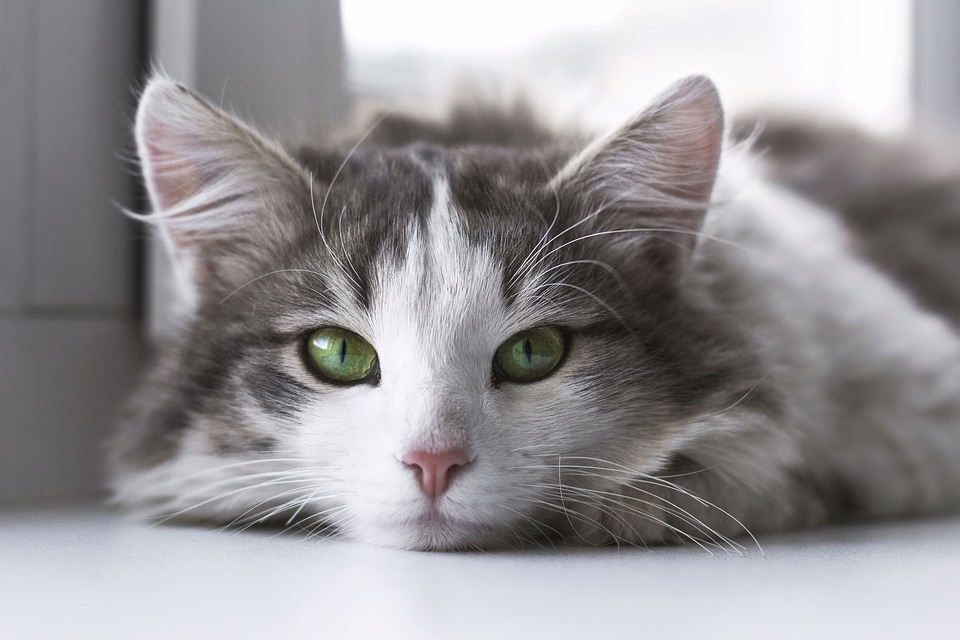Training cats to use a designated potty area can be a game-changer for both you and your feline friend. Not only does it ensure a clean and odor-free home, but it also provides numerous benefits for both you and your pet. In this comprehensive guide, we will explore the importance of cat toilet training and the benefits of designating a potty area. We will also provide a step-by-step guide to help you successfully train your cat to use a designated potty area, as well as troubleshoot common challenges that may arise during the training process.
First and foremost, let’s understand the basics of cat toilet training. Starting the training process involves choosing the right potty area and selecting an appropriate litter box. When choosing a potty area, consider a quiet and easily accessible location that provides privacy for your cat. Additionally, ensure that the litter box you choose is the right size and has low sides to allow easy access for your cat.
Once you have set up the potty area, it is crucial to introduce your cat to the new environment gradually. Familiarize your cat with the potty area by allowing them to explore and sniff around. Encourage them to gradually transition to the litter box by placing them in it and letting them get comfortable with the new substrate.
Now, let’s delve into the step-by-step guide to cat toilet training. Preparing the litter box involves selecting the proper litter type, determining the ideal litter depth, and keeping the litter box clean and fresh. Cats have different preferences when it comes to litter, so it may require some trial and error to find the one that suits your cat best. The ideal litter depth is typically around 2-3 inches, but you can adjust it based on your cat’s preference. Regularly scoop out waste and replace dirty litter to maintain cleanliness.
Introduce your cat to the litter box by placing them in it and allowing them to explore. Encourage digging and scratching behaviors by gently moving their paws in the litter. Offer positive reinforcement, such as treats or verbal praise, when your cat exhibits good toilet habits.
Reinforcing good toilet habits involves establishing a routine, recognizing and responding to indications of need, and rewarding successful toilet usage. Cats are creatures of habit, so establishing a consistent routine for feeding and using the litter box can help reinforce good toilet habits. Pay attention to your cat’s body language and behavior, such as sniffing around or scratching near the litter box, as these may indicate the need to use the toilet. Reward your cat with treats or praise when they successfully use the litter box.
Despite your best efforts, you may encounter common challenges during the training process. Reluctance to use the litter box can be caused by various factors, such as litter box aversion or medical issues. Identifying the potential cause and implementing remedial measures, such as trying different litter types or consulting a veterinarian, can help address this issue. Accidents outside the designated potty area may occur due to behavioral issues or improper litter box placement. Addressing behavioral issues through training and ensuring the litter box is easily accessible and in a quiet area can help prevent accidents. If your cat shows resistance or regression during the training process, assess possible stressors and implement re-training techniques, such as going back to previous steps or providing additional positive reinforcement.
To address common questions and concerns about cat toilet training, we have included a FAQs section. It covers topics such as whether all cats can be trained to use a designated potty area, the average time it takes to train a cat consistently, training older cats, dealing with refusal to use the litter box, suitable types of litter, frequency of litter box cleaning, the necessity of using a specific litter box, training cats to use an outdoor potty area, handling accidents outside the litter box after training, and alternatives to traditional litter boxes.
In conclusion, training cats to use a designated potty area is not only beneficial for maintaining a clean and odor-free home but also provides numerous advantages for both you and your cat. By following the step-by-step guide and troubleshooting common challenges, you can achieve success in cat toilet training and enjoy a harmonious living environment with your feline companion.








